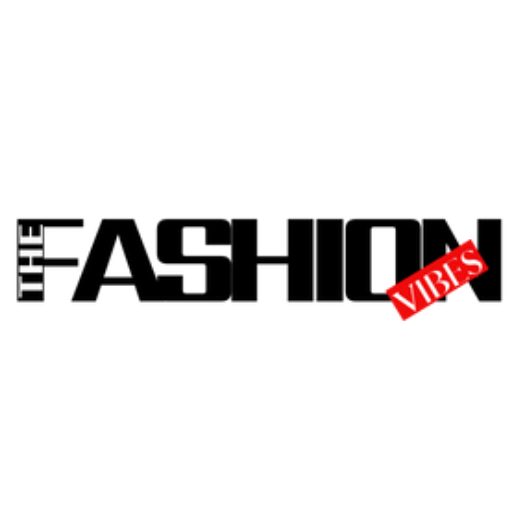
On February 27, today, Lent begins, which will last until April 15. Currently, it is customary in the Orthodox tradition to abstain from meat, eggs, dairy products and derivatives. But remember that fasting is not a diet. And its main purpose is remorse and not a strict ban on certain products. Therefore, food should be approached wisely during fasting. How to comply with this without harm to health? Dietitian and endocrinologist Albina Komissarova will tell.
Pregnant women, breastfeeding women, people with severe anemia and other diseases should evaluate all the risks of fasting together with a doctor.

Albina Komissarova
The main rule of fasting
During fasting, several food groups will be excluded from the usual diet: meat and fish, dairy products, eggs. This poses a risk of deficiency. Therefore, the first and main rule of Lent is to eat as diverse as possible.
– Replace the usual dishes with vegetarian options: bean stew, vegetable borscht, vegetable lasagna, eggless zucchini pancakes and more.
– Choose foods fortified with vitamins and minerals (usually indicated on the package): breakfast cereals, soy products, plant-based milk.
Make sure you include protein in every meal.

It is important to plan your diet and menu ahead of time during Fasting to meet all your body’s needs and avoid serious deficiencies. Make sure you always have a variety of grains, multiple sources of legumes, multiple plant milks and soy products, vegetables, fruits, herbs, and at least two types of vegetable oil in your kitchen.
How are the bugs closed?
Excluding animal products can lead to some nutrient deficiencies.
B12 deficiency
This vitamin is found in animal products – meat, fish, liver. But they are also rich in grains and cereals (wheat, oats, corn, rice, buckwheat, peas) and soy products. But if the diet is deficient in vitamins even with them, you can compensate for this in the form of nutritional supplements.
Omega-3 deficiency
Plant sources are insufficient in terms of DHA and EPA (docosahexaenoic and eicosapentaenoic acids found in fish oils). To replenish omega-3s, you need to include nuts and flaxseed oil in your diet. And by analogy with B12, you may need to take additional supplements.
iron and zinc deficiency
Iron is difficult to absorb from plant sources, so the intake should be doubled for vegetarians or people observing Lent.
Legumes, lentils, fortified cereals, whole grains, dark green vegetables and dried fruits are good sources of iron. And help him absorb foods rich in vitamin C: strawberries, citrus fruits, tomatoes, cabbage and broccoli. They should be eaten with iron-rich foods.
Plant-based sources of zinc include whole grains, soy products, legumes, nuts and wheat germ.
protein deficiency
Animal protein can be easily replaced with vegetable protein. Include soy products, legumes, lentils, nuts, seeds, and whole grains in your diet. And try combining them for the best effect.
calcium deficiency
We usually get our daily calcium intake from dairy products. But this micronutrient is also found in dark green vegetables such as kale, spinach, soy milk, yogurt, tofu, and nuts.
Vitamin D deficiency
Often even foods fortified with vitamin D do not meet the daily intake. Therefore, in such a case, it may be necessary to take vitamin D supplements in addition to the prophylactic dose. For adults, it is 600-2000 IU per day.
Iodine deficiency
1/4 teaspoon of iodized salt per day is sufficient to meet all the needs of the body.
Source: People Talk
I’m Roger Gritton, and I’ve been writing for the The Fashion Vibes for over 5 years now. My specialty is beauty news; I’m passionate about covering the latest trends, products, and innovations in the industry. In my time there, I’ve become known as an authority on all things beauty-related.
I love discovering new experts to interview, researching up-and-coming ingredients and techniques that are making their way onto our beauty shelves and highlighting people who are making a difference in the world of cosmetics. My work has appeared not only on The Fashion Vibes, but also several other publications including the New York Times Magazine, Allure Magazine and Refinery29.





